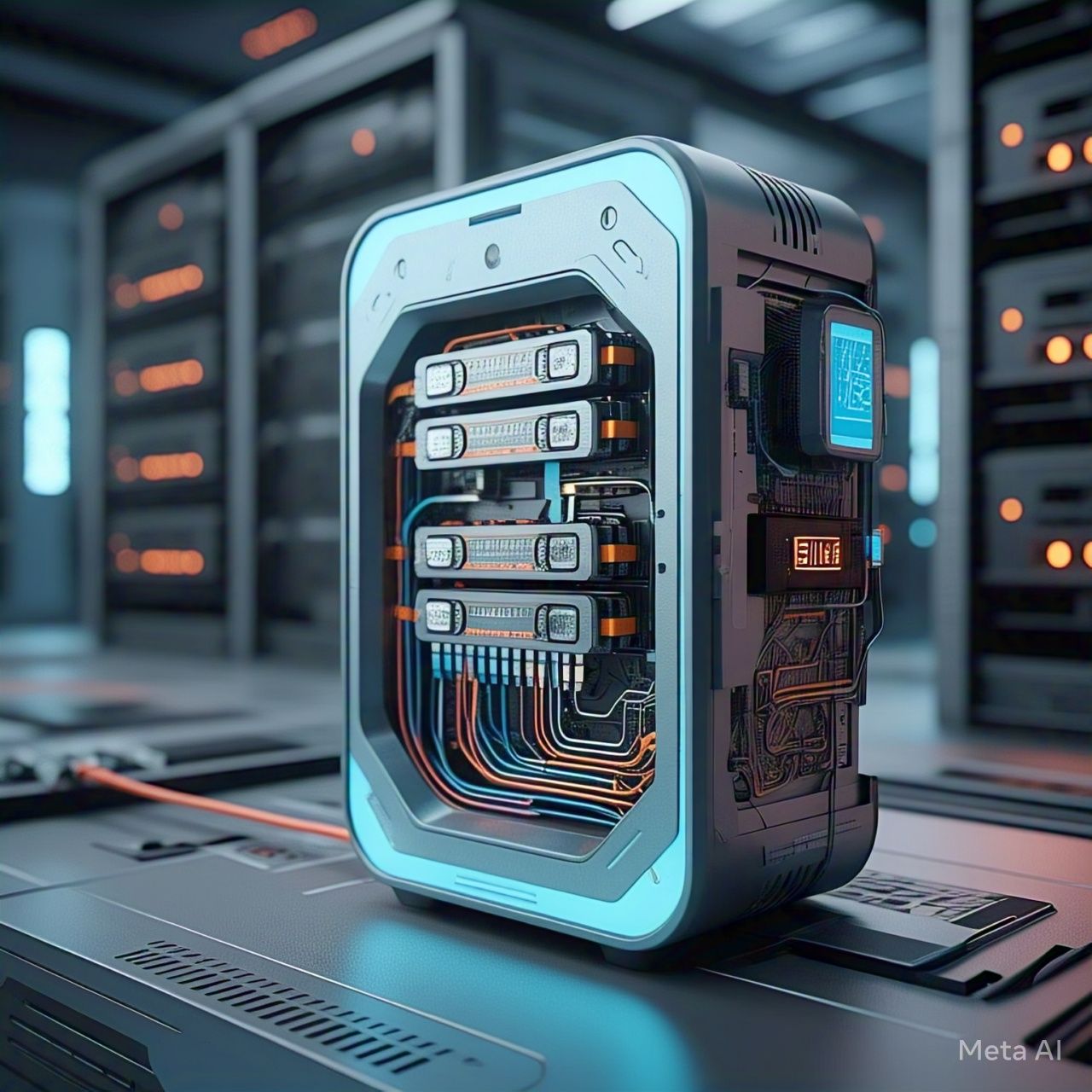Introduction
With the rapid advancement of artificial intelligence (AI), businesses are increasingly adopting chatbot frameworks to enhance customer interactions, automate processes, and streamline operations. Choosing the right chatbot platform is crucial for scalability, efficiency, and user engagement. This article explores the best chatbot frameworks and how to select the ideal one for your AI development needs.
1. What is a Chatbot Framework?
A chatbot framework is a software development platform that provides the necessary tools, APIs, and services to build, deploy, and manage AI-powered chatbots. It enables developers to integrate natural language processing (NLP), machine learning (ML), and automation for seamless chatbot interactions.
2. Key Features to Look for in a Chatbot Framework
a) Natural Language Processing (NLP)
A robust chatbot framework should include NLP capabilities to understand user queries and generate relevant responses.
b) Multi-Platform Deployment
The framework should support integration across various channels, including websites, mobile apps, social media, and messaging platforms like WhatsApp, Facebook Messenger, and Slack.
c) Scalability and Customization
Businesses should choose a chatbot framework that is flexible and scalable to accommodate growing user demands and unique business requirements.
d) AI and Machine Learning Integration
A good framework should allow continuous learning and improvement by integrating AI-driven analytics and training models.
e) Security and Compliance
Since chatbots handle sensitive user data, the framework must comply with GDPR, CCPA, HIPAA, and other security standards to ensure data protection.
3. Top Chatbot Frameworks for AI Development
a) Microsoft Bot Framework
- Supports Azure AI services
- Provides multi-channel integration
- Advanced NLP with LUIS (Language Understanding Intelligent Service)
b) Google Dialogflow
- Google’s powerful NLP engine for human-like interactions
- Seamless integration with Google Cloud and Firebase
- Supports voice and text-based chatbots
c) IBM Watson Assistant
- AI-powered chatbot with deep learning capabilities
- Advanced context recognition and intent detection
- Suitable for enterprise-level applications
d) Rasa
- Open-source chatbot framework for full customization
- Supports on-premise deployment for data security
- Ideal for complex conversational AI
e) Amazon Lex
- Powered by AWS AI and machine learning
- Best suited for Alexa skill development
- Supports speech and text interactions
4. How to Choose the Right Chatbot Framework
a) Define Your Chatbot Goals
Determine whether you need a chatbot for customer support, lead generation, e-commerce, or internal automation.
b) Evaluate Technical Expertise
Some frameworks, like Google Dialogflow and IBM Watson Assistant, require minimal coding, while others, like Rasa, demand extensive programming knowledge.
c) Consider Integration Requirements
Choose a chatbot framework that seamlessly integrates with your CRM, databases, analytics tools, and third-party applications.
d) Prioritize Cost and Maintenance
Assess the pricing model, hosting costs, and long-term maintenance requirements before finalizing a chatbot framework.
Conclusion
Selecting the right chatbot framework is essential for developing efficient, intelligent, and scalable AI chatbots. Whether you prioritize ease of use, AI capabilities, security, or cost, understanding your specific business needs will help you make the best choice. As chatbot technology continues to evolve, investing in a powerful AI-driven platform will ensure long-term success in customer engagement and automation.




